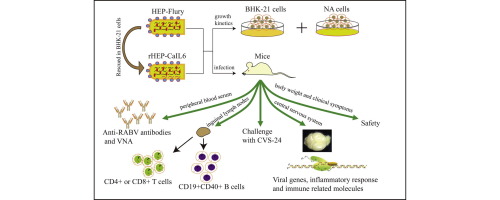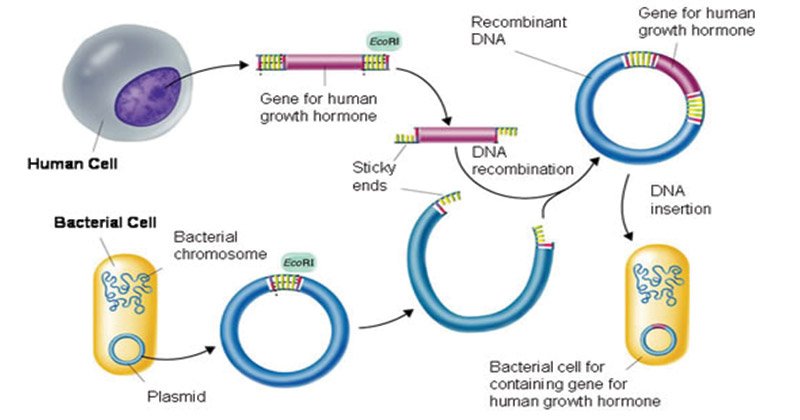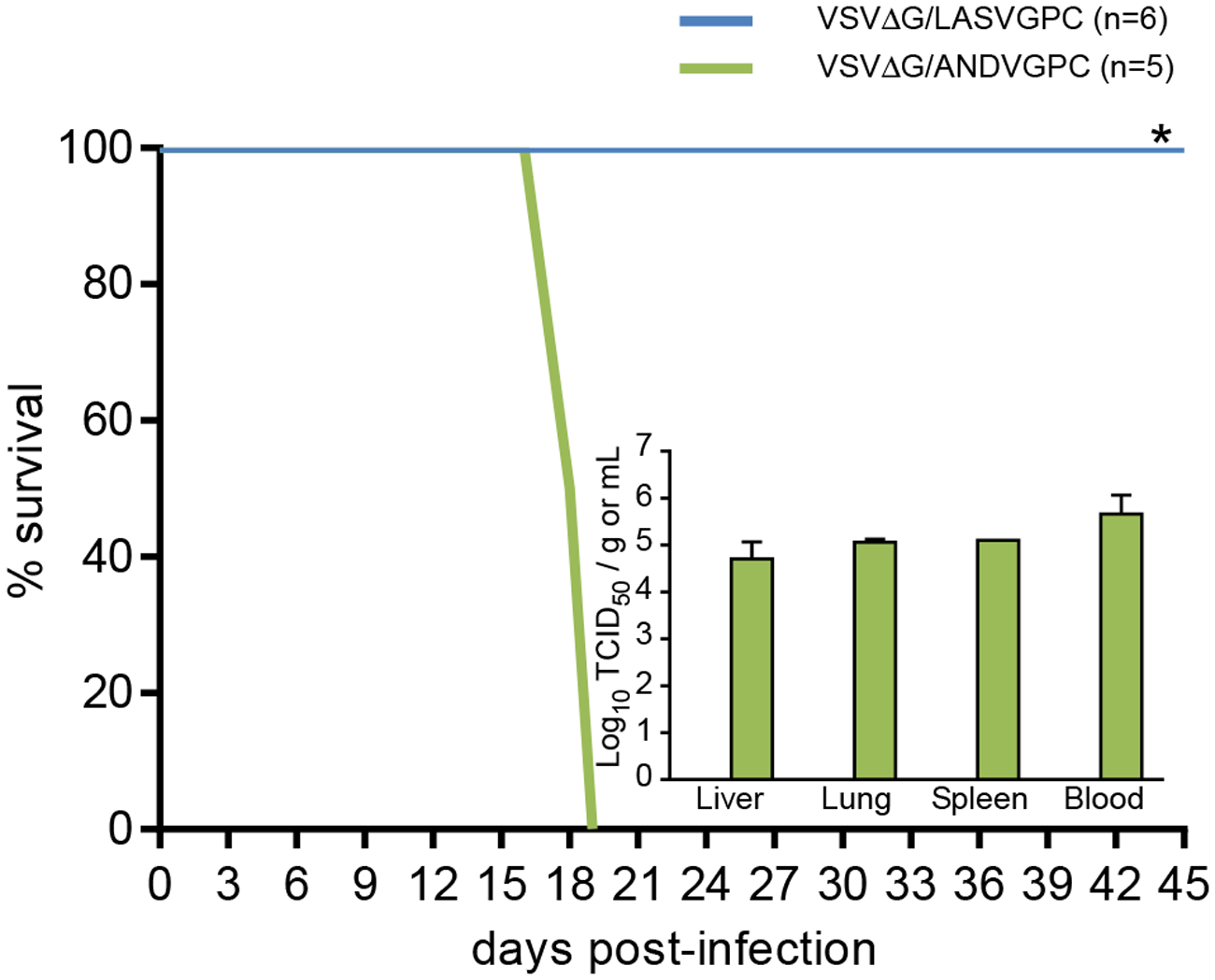Abstract
Rabies virus Recombinant, negative-strand RNA viruses, infect neurons via axon terminals and spread transsynaptically in a retrograde direction between neurons. Rabies viruses whose glycoprotein (G) gene is deleted from the genome cannot spread across synapses. However, complementation of G in trans allows the transsynaptic spread of G-deleted rabies viruses to directly connect presynaptic neurons. Recombinant rabies viruses can encode genes of interest to mark cells, control gene expression, and monitor or manipulate neural activity.
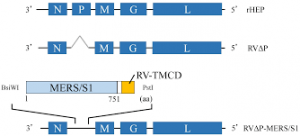
Bridging protein-mediated or Cre-dependent transduction and electroporation of a single cell via the EnvA-TVA or EnvB-TVB system (envelope glycoprotein and its specific receptor for avian sarcoma leukosis virus subgroup A or B ) specific targeting. These rabies virus recombinant-based approaches make it possible to link connectivity with cell morphology and circuit function for particular cell types or individual cells. Here we describe methods for construction of rabies viral vectors, recovery of G-deleted rabies virus from cDNA, amplification of viruses, pseudotyping with EnvA or EnvB, and concentration and titration of viruses. The entire protocol takes 6 to 8 weeks.
Purity: >85% (SDS-PAGE)
Destination Names: L
Uniprot No.: P11213
Alternative Names
Large structural protein; L-protein; replicase; transcriptase) [Includes: RNA-directed RNA polymerase; EC 2.7.7.48); mRNA; guanine-N(7)-)-methyltransferase; EC 2.1.1.56); GDP polyribonucleotidyltransferase; EC 2.7.7.88); cap-specific mRNA; nucleoside-2′-O-)-methyltransferase 2; EC 2.1.1.296)]
Species: Rabies virus (Pasteur vaccine/PV strain) (RABV)
Protein length: Partial
Label information
The following labels are available.
- N-terminus His-tagged
- Without tags
- The type of label will be determined during the production process. If you have specified a tag type, let us know and we will develop the specified tag preferentially.
Form: Lyophilized powder
Buffer before lyophilization: Tris/PBS based buffer, 6% trehalose, pH 8.0
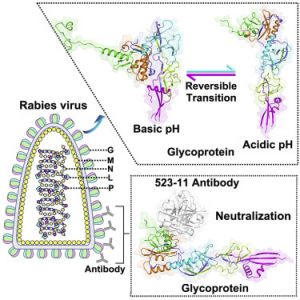
Reconstitution
We recommend that this vial be briefly centrifuged before opening to bring the contents to the bottom. Reconstitute protein in sterile deionized water at a concentration of 0.1-1.0 mg/mL. We recommend adding 5-50% glycerol (final concentration) and an aliquot for long-term storage at -20℃/-80℃. Our final default glycerol concentration is 50%. Customers could use it for reference.
Storage Conditions
Store at -20°C/-80°C upon receipt, need to be aliquoted for multiple uses. Avoid repeated cycles of freezing and thawing.
Shelf life
Shelf life is related to many factors, storage condition, buffer ingredients, storage temperature and the stability of the protein itself. Generally, the shelf life of the liquid form is 6 months at -20°C/-80°C. The shelf life of the lyophilized form is 12 months at -20°C/-80°C.
Delivery time
The delivery time may differ depending on the form or location of purchase, consult your local distributors for the specific delivery time.
Note: All of our proteins are shipped with regular blue ice packs by default. If you request shipping with dry ice, please contact us in advance and additional fees will be charged.
Notes: Repeated freezing and thawing is not recommended. Store working aliquots at 4°C for up to one week.
